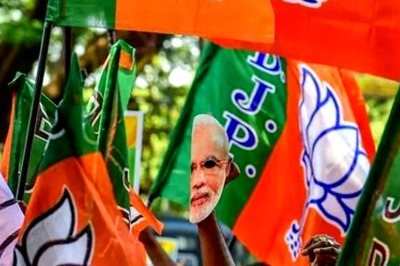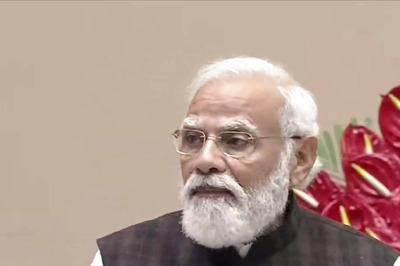
views
New Delhi: IMD data shows an increase in extreme rainfall events in parts of northeast India and studies at the North Eastern Space Application Centre suggests a mild rising trend of black carbon concentration over the region but no specific study has been carried out on the relation between the two, the Union Environment Ministry said on Thursday.
Union Minister of State for Environment Ashwini Kumar Choubey told the Rajya Sabha that aerosols including black carbon influence cloud formation and the rainfall pattern.
A recent paper published by IIT-Guwahati in the Journal of Atmospheric Research (April, 2022) mentions that ”rising black carbon emissions is leading to suppression of lower intensity rainfall and increasing heavy rain in the pre-monsoon season in the Northeast region”, he said in response to a question asked by Trinamool Congress MP Derek O’Brien.
But the conclusions of this study are based on only 10 days of model simulations, the minister added.
An analysis of the rainfall data of the India Meteorological Department (IMD) shows an increase in extreme rainfall events over parts of northeast India, he said.
The Indian Space Research Organization is operating a network of aerosol observatories under ISRO Geosphere Biosphere Programme, with black carbon mass concentration being one of the important parameters being measured, Choubey informed the Upper House.
“The long-term measurements of black carbon over the Indian region from the aforesaid regional network of aerosol observatories clearly showed a decreasing trend (0.24 microgram per cubic meter per year) in the past decade,” he said.
The studies at North Eastern Space Application Centre using available data from foreign sources suggest a mild rising trend (0.000531 micrograms per cubic meter per year) of black carbon concentration over the North Eastern Region. However, no specific study has been carried out on the relation between black carbon and rainfall, Choubey added.
Read all the Latest India News here




















Comments
0 comment